polar bear life cycle adaptations
But some can be larger. Polar bear doing dog paddling to swim and dive.

Polar Bear Life Cycle Birth To Death Stages Facts Diagram Worksheet
This adaptive trait is a physical adaptation.
. If the polar bear is able to survive the harsh conditions of Arctic tundra typically characterized by freezing temperatures vast open stretches of snow clad land open water which is again very freezing and scarcity of food it is only because of the behavioral and physical adaptations that this species boast of. This is better heat retention rate for strong swimmers. The formidable polar bears feet are strong enough to support and balance the entire weight of the body on the sea ice.
The polar bear Ursus maritimus is a hypercarnivorous bear whose native range lies largely within the Arctic Circle encompassing the Arctic Ocean its surrounding seas and surrounding land massesIt is the largest extant bear species as well as the largest extant land carnivore. Life cycle is a series of changes in living things from its birth to death. To have the cubs the female polar bear must find a male polar bear.
A polar bear may also hunt by swimming beneath the ice. Adult females are usually 150-290 kg 330-650 lb. In comparison to.
Unlike the massive polar bear which can grow huge on a diet of abundant seals its ancestor in the Arctic is small has very lower reproductive rates and eagerly eats almost anything. Lots of layers of fur can help them survive by kepping them warm. The polar bear has many adaptations for its life on the polar ice pack.
Researchers in Canada estimated one male bear at 800 kg 1700 lb. Polar Bear Life Cycle for Kids. Polar bears primarily eat seals.
725 to 8 feet. A life cycle involves several phases that come into the life of every living organism. Polar bears have to swim more as the ice begins to melt they are forced inland.
They are very strong swimmers and their large front paws which they use to. They also have long and strong paws with very sharp claws. When the cubs are ready to come out of the den they weigh 20 to 25 pounds.
A polar bears nostrils close when under water. Polar bears are also tall. The polar bear evolved one to three million years ago from the brown bear which still ekes out a marginal life along the northern shore of the Arctic oceans.
Although polar bears dont hibernate pregnant females will enter a hibernation-like state in a maternity den. Up to 24 cash back Polar bears structural adaptations. Structrual adaptions can best be described as physical characteristics that have adapted to help the polar bear survive.
After feeding through the summer and fall gaining as much weight as possible pregnant female polar bears prepare to. 900 to 1600 pounds. They usually swim underwater at a depth of only about 3 to 45 m 98 to 148 ft.
A polar bear in a Canadian zoo named Debby lived to be 42. Discover the polar bears distinctive adaptations from webbed feet to black skin and learn about the habitat that makes these adaptations. Polar bears primarily eat seals.
Scientists usually measure their height at. Polar Bear Lifecycle. Blending in is the only way to hide.
They can remain submerged for more than one minute. This is the end of. A boar adult male weighs around 350700 kg 7701540 lb while a sow adult female is.
The bottom layer of fur is the undercoat this is short fine white hairs. 3264 days since Project Due Date. This is one of the anatomical adaptations of the polar bears.
Polar bears in the wild usually live to be between 15 and 18 years old but some can be as old as 30 years old. Their fur provides insulations and camouflage. The initial stages are quite critical since bears are more likely to be vulnerable than the advanced phases.
25 to 30 years. Any living thing including all plants and animals have a life cycle. Polar bears are born and feed on their mothers milk in a den.
Females will enter the den in early Winter and will give birth around 60 days later. The bear has a complicated life cycle and scientists faced extreme difficulty in studying it because one-third of the females return to. They also are one of the only bears that have a.
The life cycle of a polar bear consists of four different stages starting of course with birth. Polar bears roam the Arctic ice sheets and swim in that regions coastal waters. Polar bears have adaptations for shallow dives when they stalk their prey swim on ice floes or search for algae.
Adult males normally weigh 350- 600 kg 775-1300 lb. Even with their 15 to 18 years of life polar bears have about 5 litters of cubs. Polar bear life cycle adaptations Saturday May 21 2022 Edit.
The skin of the polar bears is black and underneath lies a thick fat layer that can reach 449 inches and act as an insulator. This adaptation protects the bear against overheating mainly in summer when sunlight is intensive. Survival Adaptations Polar bears have to swim more as the ice begins to melt they are forced inland.
Polar bears usually swim under water at depths of only about 3-45 m 98-148 ft. Average Life Span In The Wild. How Big is a Polar Bear Paw.
Similar to other bears polar bears have two layers of fur although theirs are well adapted to the Arctic. Polar Bear Physical Adaptations. Polar bears often rest silently at a seals breathing hole in the ice waiting for a seal in the water to surface.
Lets take a look at some of the main adaptations of polar bears that help them survive. C Low Surface Area To Volume Ratio. The polar bear has adaptive traits that help it survive out on the polar ice cap.
Polar bears make shallow dives when stalking prey navigating ice floes or searching for kelp. 3 to 5 inches. This is a good thing as there are no trees or rocks to hide behind in their habitat.
The first stage of a polar bears lifecycle is birth. However the longest polar bear dive observed to date lasted a total of 3. Examples include lots of layers of fur and webbed feet.
Some polar bears have been known to make it into their early 30s. Maximum dive duration is unknown. The life cycle of a polar bear involves five stages.
They are adapted to remain submerged for up to two minutes. Besides support feet also facilitates the bear in swimming. They will enter a low-energy state during which they.
Polar bears skin under their fur is black. Adult bears have their feet measuring 30 cm across. The mighty polar bear is expected to live for 15 to 18 years.
Their white-looking fur helps them hide in plain sight. This is a diagram of a polar. A life expectancy is the age that an animal can live to be.
Adaptations of the Polar Bear.
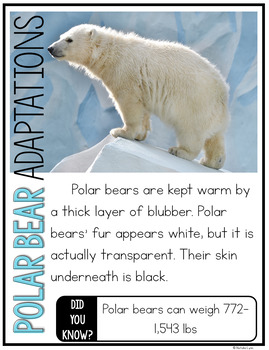
Polar Bears Unit Digital Activities For Google Slides Included
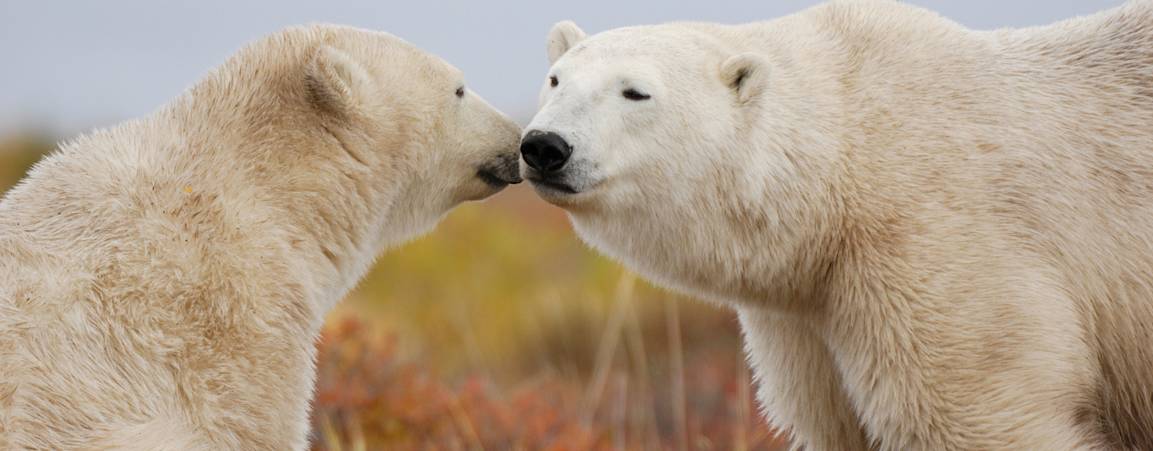
Life Cycle Polar Bears International

Polar Bear Adaptations Lesson For Kids Video Lesson Transcript Study Com

Polar Bear Adaptation Diagramhelp Me Out I Will Mark U As Brainliest Brainly In

Polar Bear Facts For Kids Learn All About Polar Bears

Polar Bear Life Cycle Lesson For Kids Video Lesson Transcript Study Com
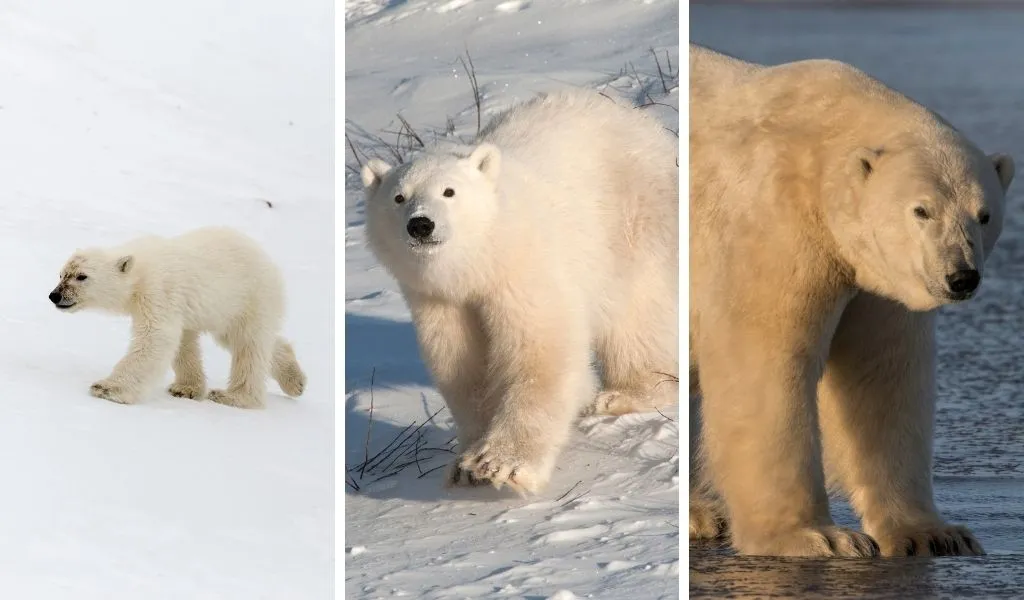
Polar Bear Lifecycle From Birth To Death Polar Guidebook

Life Cycle Polar Bears International
Life Cycle The Polar Bear By Jordan And Sophia
Polar Bear National Geographic
Ppt The Polar Bear Life Cycle Powerpoint Presentation Free To Download Id 434575 Zjy0n

Polar Bear Adaptations Polar Bears Activities Polar Bear
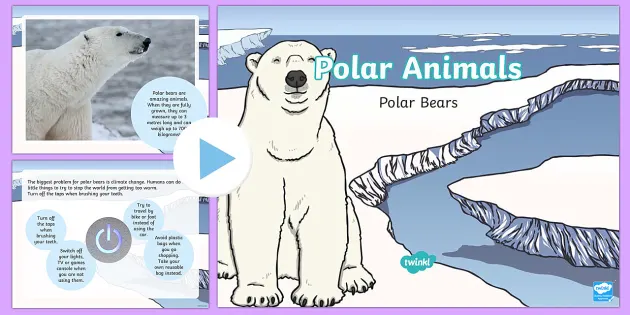
Polar Bear Fact File Powerpoint Primary Resources
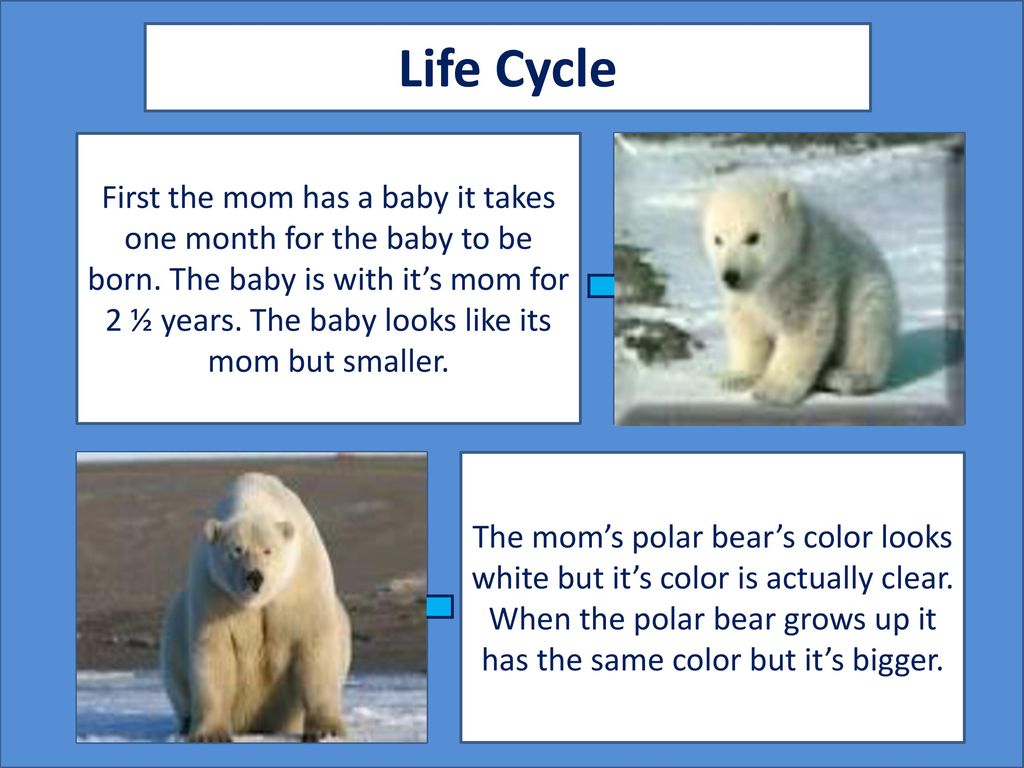
Polar Bear By Logan James Ppt Download
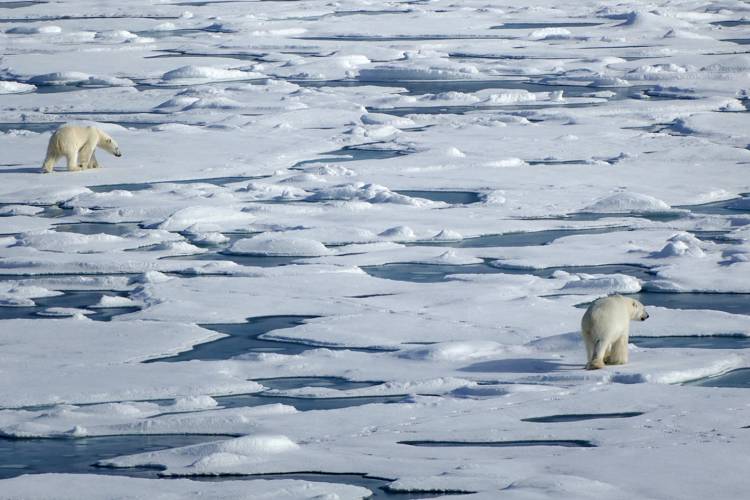
Life Cycle Polar Bears International

Polar Bear Life Cycle Birth To Death Stages Facts Diagram Worksheet
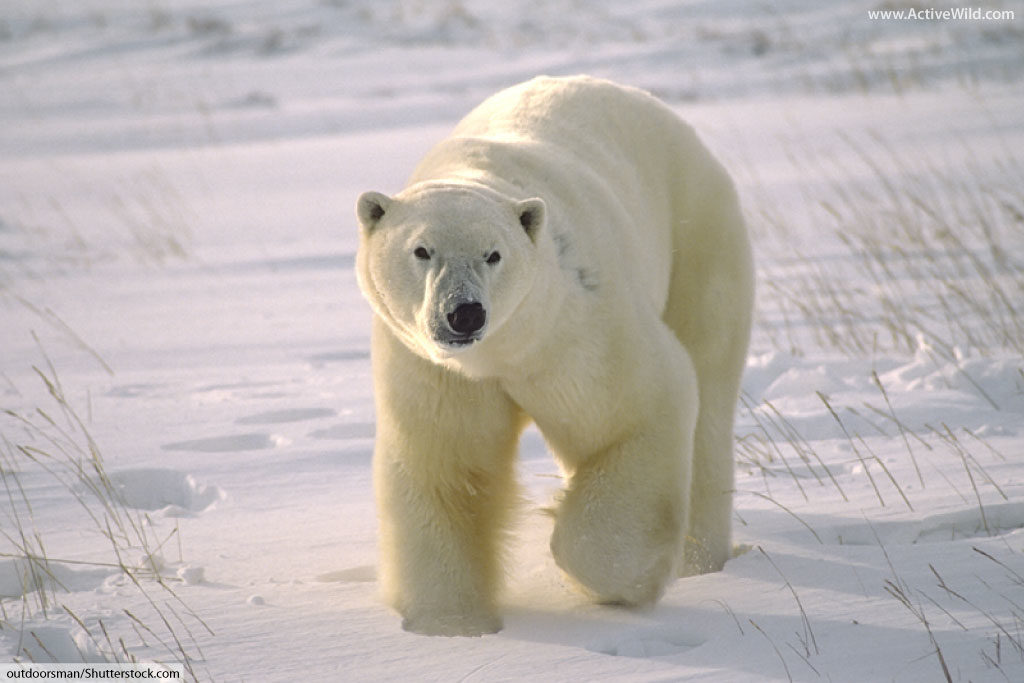
Polar Bears Facts Information Pictures Video For Kids Adults
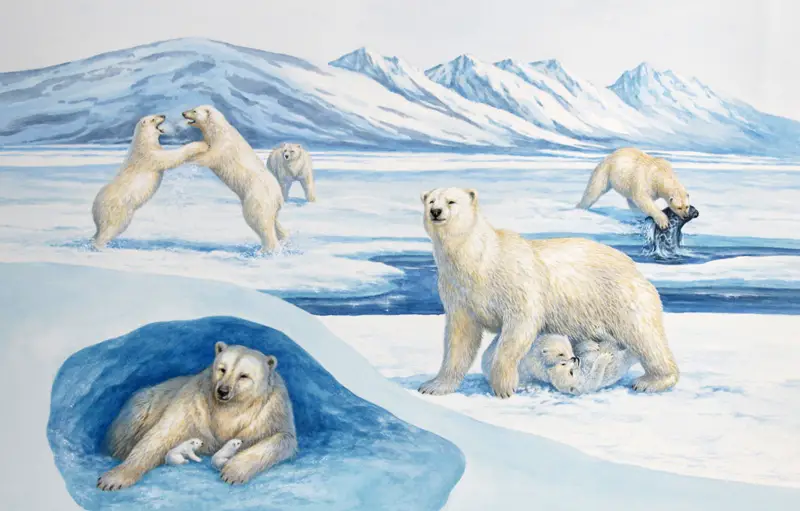
Polar Bear Life Cycle Birth To Death Stages Facts Diagram Worksheet
